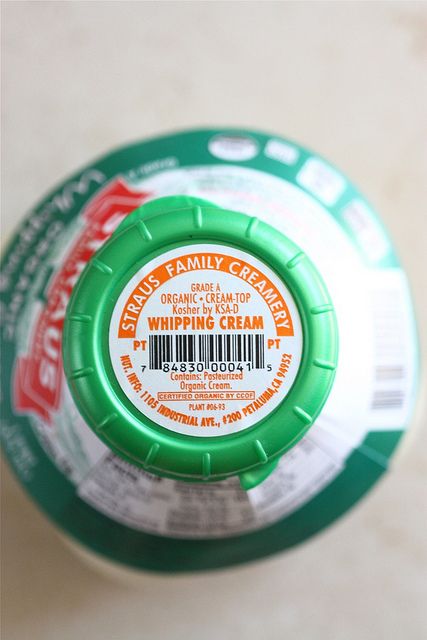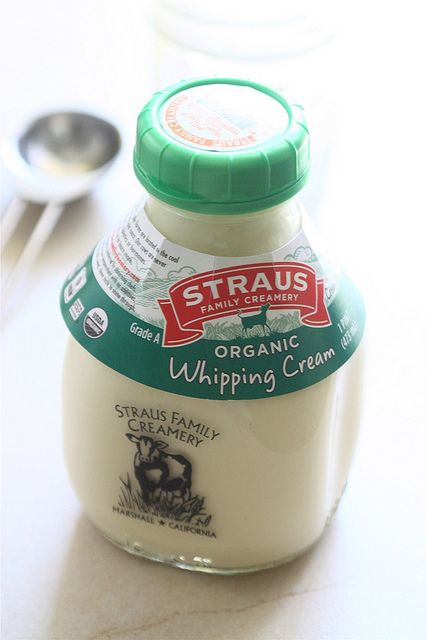A few months into my first year in college, I realized that I hadn’t prepared for such brokeness. In an attempt to pull myself out of college poverty, I applied for a waitressing job at a local brewpub. Aside from some insignificant retail jobs that lasted maybe a few weeks, I had no relevant work experience. So when it came time for my interview, I did what I seem to do best: I winged it. I spoke about everything that wasn’t relevant — how pretty the detailing on the general manager’s shirt was, how nicely designed the restaurant was (it had a hideous interior), how challenging school was, etc.
Eventually I had to face the music and come clean, admitting to having no experience, but really, really needing money. The general manager was visibly bummed; she genuinely wanted to hire me, but how could she at this point? She looked down at my application and said, “Well, okay, so you have no experience. I can teach you how to juggle tables. I care more about people who know and like food. Can you answer this: What is crème fraîche?” My eyes lit up immediately.
My first dollop of crème fraîche had come into my life a few summers prior, in a cozy basement in the Netherlands. I was there on a road trip with my parents, and we stopped in the middle of the night in a small town called Emmen. The next morning, the bed-and-breakfast offered a quaint meal in the basement. This breakfast is one that I recall often. It was the first time I ever had eggs that had been laid that very morning. The butter’s hue was so bright and beautiful — I had never seen anything like it. And its flavor! It may have been the best I’ve ever had. Next to the variety of fresh jams was a bowl of crème fraîche. I placed a spoonful atop some softly scrambled eggs, expecting it to mimic the flavor of sour cream; while it did have similarities, I found it far better. It was nutty, tangy, and delightfully creamy.
After my movie-like flashback was done, I looked up and told the manager that I did know what crème fraîche was. She hired me on the spot. I soon found out that the restaurant had no crème fraîche on the menu and instead prided itself on serving frozen chicken wings tossed in store-bought bottled wing sauce. I wasn’t too mad. I was just glad that I no longer had to eat cereal for dinner.
Even in big cities, like my current town of Los Angeles, good-quality crème fraîche can be tricky to find. Not all grocery stores stock it, and if they do, it’s often at the steep price of $8 a cup. To my delight, I discovered that it’s ridiculously easy to make crème fraîche at home. And while some will argue that it isn’t true French crème fraîche, it comes in a very close second.


How to make homemade crème fraîche
All you need to make crème fraîche at home is 1 cup of pasteurized heavy cream and 2 tablespoons of cultured buttermilk. It’s important to use pasteurized heavy cream (but not ultra-pasteurized) because it will thicken more quickly. To make crème fraîche, start by pouring 1 cup of the heavy cream into a nonreactive container such as a glass mason jar with an airtight lid. As far as containers go, you can use nearly anything, as long as it isn’t made from iron or aluminum.
Next, add 2 tablespoons of buttermilk to the pasteurized heavy cream. Cover the container tightly and shake until both of the ingredients are thoroughly combined. If you don’t have buttermilk, you can add a splash of fresh lemon juice to 2 tablespoons of whole milk and let it stand at room temperature for 10 minutes. The acidity from the lemon juice will create bacterial cultures, which will give the milk its tanginess and allow it to act the same way as buttermilk.
From here, all you need to do is loosely cover the container with parchment or a slightly damp paper towel and allow it to sit on your kitchen counter for 12 to 24 hours. For the best results, the temperature in your kitchen should be between 72°F and 78℉. (My apartment tends to be on the cooler side, so it always takes mine a full 24 hours to thicken.) Once it has reached your desired consistency (I prefer my homemade crème fraîche to be thick and creamy, but not stiff), transfer the jar to your fridge. Homemade crème fraîche will last up to 2 weeks in the refrigerator if stored properly.
How to use homemade crème fraîche
I love a dollop of crème fraîche on everything from a bowl of soup to fresh fruit such as mixed berries. Recently, I’ve been obsessed with mixing the seeds from a quarter of a vanilla pod into about 1/2 cup of crème fraîche. It’s delightful. You can also use crème fraîche by stirring it into soup or mashed potatoes for an extra-creamy texture and tangy flavor. It’s kind of like a super luxurious, ultra-chic version of sour cream.


